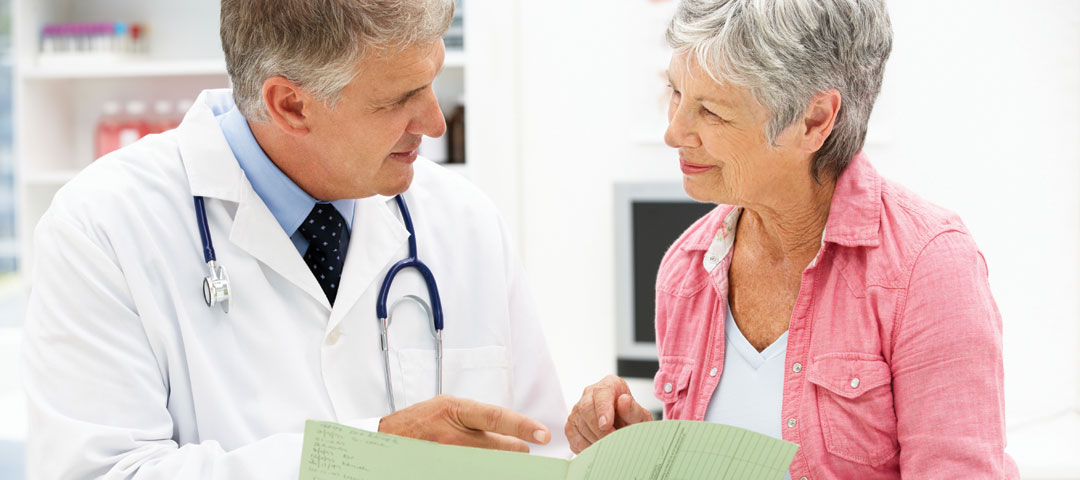
An unfortunate drawback to mammographic screening is the relatively high number of false-positives experienced by women undergoing the test. It is estimated that up to 10% of women experience a false-positive finding each year. To put this into another and perhaps more eye-opening perspective, about half of all women over a 10 year period will experience at least one false-positive diagnosis.
A study published in the February 9 edition of Cancer Epidemiology Biomarkers & Prevention (Dabbous et al) showed that, among women with false-positive results, 22% delayed their next exam, which was significantly higher than women who had a negative result.
Why are false-positive rates so high? Women who receive this diagnosis (and who are recalled for additional testing) are often younger (40-49) and have denser breast tissue. Quite often, the false positive occurs during their first screening mammogram. Furthermore, the study was conducted between 2001 and 2011, before 3D mammography (tomosynthesis) became readily available – a technology that has been shown to reduce false-positives compared with conventional mammography.1
Interestingly, you could find lots of conflicting information on this topic if you were to do an online search. Last May, a study published in the Journal of the American College of Radiology (Hardesty et al) came to the opposite conclusion: that false-positives did not affect future screening compliance.
However, I believe the more recent study is far more accurate for several important reasons.
First, the sheer size of the study. The Dabbous study subject database included a statistically significant 261,767 women, compared to just 9,385 subjects in the Hardesty study. Second, the Hardesty study did not include women who had their first (baseline) mammogram, which as previously discussed, tend to have higher incidences of false positives. Finally, the Hardesty study actually did not measure the future compliance of the false-positive group relative to the non-false positive group, which in my opinion, would be essential for determining whether or not behavior was impacted. The authors simply extrapolated this conclusion: “If a significant number of women who had a prior false-positive mammogram failed to participate in a subsequent screening, this rate would be lower than the expected recall rate.”
Uh, not exactly. It is very possible that women who get a negative result (the happygram as breast density advocate Nancy Capella once called it) might be a bit more enthusiastic about their next mammogram and are more likely to have it, versus women who have the false-positive result and who decide to skip their next test, possibly because they now believe it is inaccurate and will fail them again.
So, unless you measure and compare the actual compliance rates of the two groups against each other, you can’t assume the rates are the same. Which makes you wonder how the authors could come to such a conclusion and why no media that covered the story really questioned that conclusion either.
If you agree with Dr. Dabbous that a false positive diagnosis really does dampen a woman’s enthusiasm for her next mammogram, then we could have a very big problem.
That’s because yet another study published in Cancer Epidemiology, Biomarkers & Prevention in December 2015 (Henderson et al) demonstrated that the 10 year risk of invasive breast cancer was higher in women with false-positive results. “I think we can now say with confidence that women who have had a previous false-positive mammogram are at somewhat higher risk for breast cancer,” explained Dr. Richard Wender, chief of cancer control at the American Cancer Society, in an interview.
Some experts believe that the somewhat abnormal results of a mammogram, which lead to the false-positive conclusion, provide an early indication that cancer exists, even though the immediate follow-up testing may show no cancer.
The bottom line is that women who have had a false-positive mammogram need to be even more heedful of regular screening. Because while a false-positive mammogram may seem like a major inconvenience at the time, it could possibly be your first indication of a problem that requires watchful monitoring to achieve the earliest possible detection.
1. Early Clinical Experience with Digital Breast Tomosynthesis for Screening Mammography Melissa A. Durand, MD et al. Radiology January 2015 Volume 274, Issue 1.
